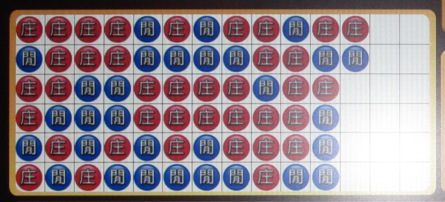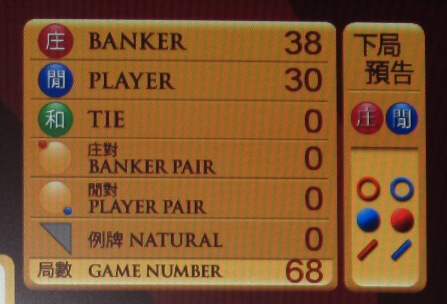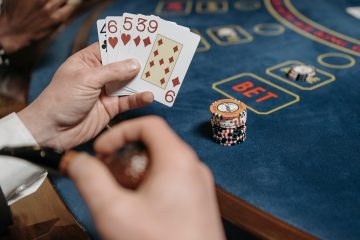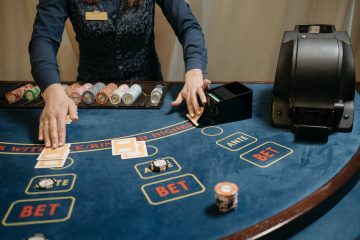To have enough information to determine if a pattern is emerging, the first entry in the Big Eye Boy table comes after the first entry in the second column of the Big Road. Pay notice because this is where the air begins to become thin. The Big Eye Boy table, the following two tables, and each entry therein will refer to a particular item in the Big Road. The Big Eye Boy lists each entry as follows:
Compare the Big Road’s preceding two columns if the in question hand creates a new column. Record a red circle in the Big Eye Boy if their depths are the same. Make a blue circle on your record if they are not.
Compare the cell to the left of the newly produced entry in the Big Road with the cell immediately above that one to determine whether the outcome of the hand in question is the same as the preceding hand (skipping ties). If these two cells match, whether they are both Player, Banker, or blank, mark the Big Eye Boy with a red marker. If not, keep a blue.
Consider the most recent stop on the Big Road, in other words. Move a cell to the left after that. Then ascend. Mark red if there is no change due to the step-up; mark blue if there is.
For the sake of the Big Eye Boy, the Small Road, and the Cockroach Pig, and if the Big Road develops a dragon tail, imagine that the Big Road is endlessly deep and ask yourself what would have occurred under that assumption.
Be aware that the Big Eye Boy would be entirely red if the Big Road was made up only of an alternating pattern of x Player wins and x Banker wins.
I explain each entry in the following Big Eye Boy table to aid with this phase. For you to refer to the precise points in the grid, I’m referring to, and I put the results in Excel.
The first entry, for instance, displays cell A1 from the Big Eye Boy table. This is equivalent to the hand shown in cell C1 of the Big Road table. We determine whether the length of the two columns before cell C1 is equal because it marks the start of a new column. We mark the Big Eye Boy in cell A1 as red since they are.










